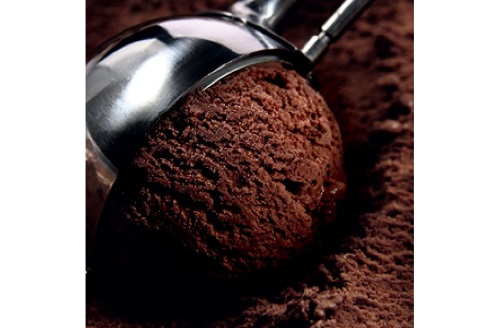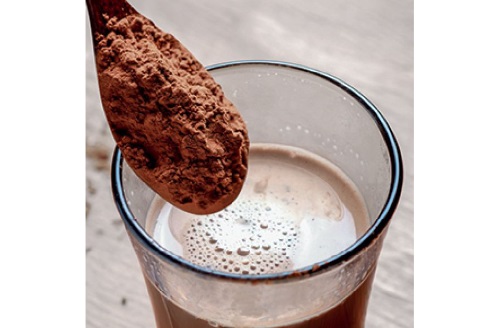Cargill has recently launched the Gerkens high impact cocoa powders for food and beverage manufacturers to produce a rich chocolatey taste with a dark colour but without bitterness.
Marcel Nouel, Product Line Manager, Cocoa Powder, Cargill Cocoa & Chocolate tells Food News International more.
FNI: What is the market demand for Cargill Gerken’s cocoa?
Nouel: The cocoa powder market is fast moving, with a broad range of flavours and colours.
Dark cocoa powders are for example increasing in popularity as a result of a growing flavour trend towards a less sweet, more adult taste profile.
Gerkens cocoa powders are in demand around the world, which varies according to local taste preferences.
For example, France has traditionally enjoyed stronger flavoured powders, whereas UK consumers have the taste for milkier flavours.
The reduced spending power in Eastern European countries such as Russia and Ukraine has led to a move towards compound coatings, using cocoa powder rather than pure chocolate to provide affordable confectionery treats.
In Asia, despite a shorter tradition of chocolate consumption, there is an appetite for the powders in China, India and Indonesia.
In addition, there has been a growth in cocoa powder as an affordable way to get a chocolate taste in products such as biscuits, and cocoa powder-based confectionery is an easier product to use and store in regions with naturally high temperatures.
While there is no commonly agreed definition of natural ingredients, including cocoa, all cocoa powder is derived from the cocoa bean, in a way that is basically unchanged for almost 200 years.
It involves roasting, grinding and sometimes reducing the naturally occurring acidity of cocoa.
FNI: What are the challenges in using natural cocoa ingredients by food and beverage producers?
Nouel: In baked products, for example, how little or how much dough rises can be affected by the type of cocoa powder used.
If ice cream is aerated, this lightens the colour of the product, which has an impact on the choice of powder to achieve the ideal chocolate colour.
This is why ice cream is well suited to the use of darker high impact cocoa powders to counter the lightening effect of aeration.
It is of course a delicate balance to strike, which requires formulation knowledge and application expertise.
If a confectionery producer uses a light cocoa powder, they may struggle to get the colour required without using a lot of powder, which has an effect on price.
If they replace this powder with an alkalised powder such as Gerkens high impact powder, they need to use less powder which gives a cost in use benefit.
Chocolate milk is an application that has potential to grow as a premium product amongst adults, with dark powder versions launched, reflecting the adult flavour trend.
Expertise is needed for such dairy products and for desserts where mouthfeel is critical, which the latter can be very unforgiving when it comes to formulation.
FNI: What is the future of using natural cocoa ingredients as flavours and colorants?
Nouel: Looking ahead, we see the trend continuing towards premium products using cocoa powder to provide affordable treats with a touch of luxury, particularly in the areas of confectionery and ice cream.
Key to this is our ability to create tailor-made powders for highly individualised products as manufacturers want signature powder and taste.
With the creation of these products come challenges in ensuring consistency in taste and colour to get the ideal product.
As a major supplier of food ingredients other than cocoa and chocolate, we are in a unique position to give advice on a whole range of ingredients, using what we call our T model approach.
This integrates the broad food knowledge we have with the depth of decades of experience in sourcing and creating cocoa and chocolate to help manufacturers to create products to meet future trends.













